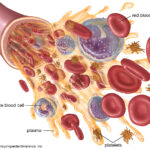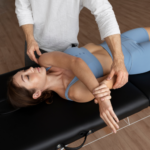The temporomandibular joint, or, the jaw, is the most frequently used joint in the body – it assists in chewing, swallowing, speaking, yawning, clenching, breathing, even facial expressions… the list goes on. On any given day, the jaw moves 2000-3000 times! The jaw is a sliding hinge joint, allowing for extreme mobility. It moves forward, backward, up and down, side-to-side, and the joint capsule stretches with the position of the mouth (see fig 1). On top of that, one of the two muscles directly involved in the jaw is the masseter – the strongest muscle in the body relative to its size. With the help of the Masseter, the jaw is capable of exerting 150 pounds of pressure – enough to bite off a finger! Ouch!

fig 1
Components of the Jaw
Bones
Temporal bone: Skull around the ears
Mandible: Lower jaw
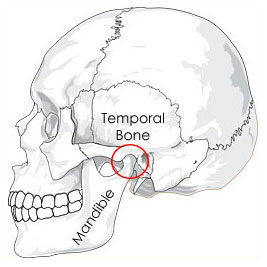
fig 2
Muscles
Temporalis
Action: Elevates the Mandible, closing the jaw
Can be seen and felt contracting when the jaw is clenched
Masseter
Action: Elevates the Mandible during biting, closing the jaw
The strongest muscle in the body relative to its size
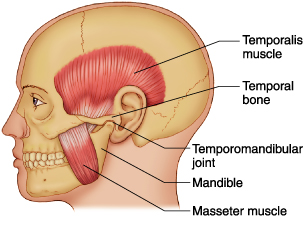
fig 3
Supporting Structures
Articular disc, Sphenomandibular and Stylomandibular ligaments
Extreme flexibility, stretching with the movement of the mouth
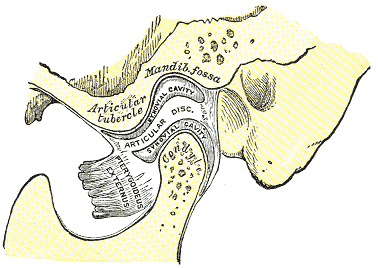
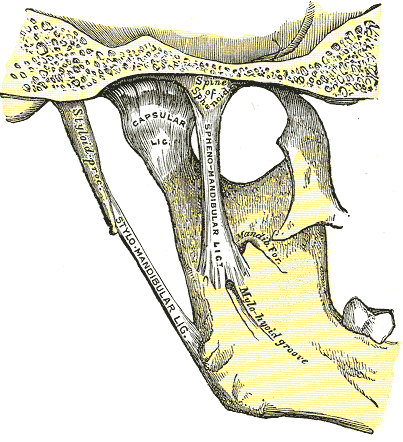
Fig 4, 5
Note: there are many other structures that assist the jaw, some of which will be mentioned throughout this article.
What is TMJD?
Temporomandibular joint dysfunction (TMJD) describes a multitude of common problems causing pain or loss of function in or around the jaw. TMJD can usually be separated into three categories:
Myofascial pain: trigger points in the muscles supporting the jaw, referring pain to neck, head and face
Internal derangement: damaged, misaligned or malformed structures
Osteoarthritis: permanent remodeling of the joint
Causes vs Symptoms of TMJD
Unfortunately, problems relating to the jaw are often circular – the factors that cause TMJD can often also be the symptoms. For example, tight muscles can lead to pain, causing one to clench the teeth, in turn increasing muscle tension. Another example, malocclusion (a dysfunctional bite) may cause excessive movement between the mandible and temporal bones, loosening the ligaments and damaging the cartilage, therefore reinforcing the misalignment bite.
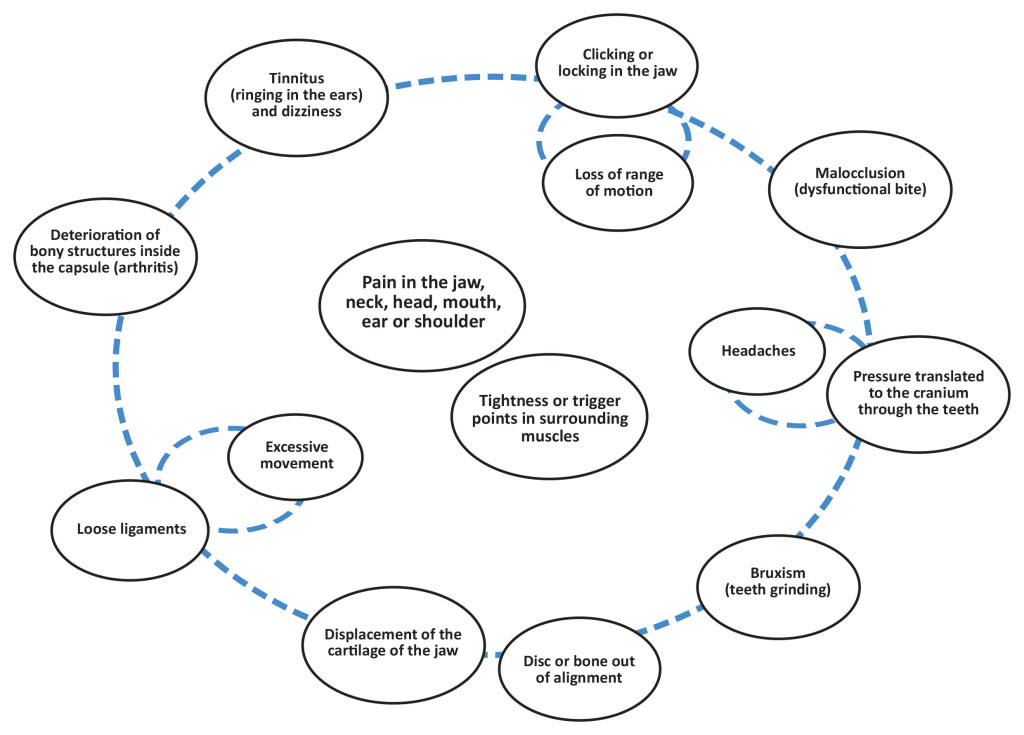
fig 6
Causes
- Malocclusion (dysfunctional bite)
- Bruxism (teeth grinding)
- Deterioration of bony structures inside the capsule (arthritis),
- Tightness or trigger points in surrounding muscles
- Disc or bone out of alignment
- Pressure translated through the teeth to the cranium
- Loose ligaments
Symptoms
- Pain in the jaw, neck, head, mouth, ear or shoulder;
- Clicking or locking in the jaw;
- Interference in opening the jaw;
- Loss of range of motion;
- Headaches;
- Tinnitus (ringing in the ears) and dizziness
Massage and TMJD
Massage can provide pain relief, loosen the muscles in neck and jaw, and soften trigger points, in turn helping to prevent permanent bone or cartilage damage. Massage can also help to improve client awareness of habitual causes.
Self Care Massage for TMJD
- Maintain a relaxed jaw, mouth slightly open
- Clench jaw to locate temporalis/masseter
- Palpate the zygomatic arch (cheek bones)
- Circle downwards, pass the angle of the mandible
- Palpate the lower mandible (you have now outlined the masseter)
- Cross fiber on suprahyoids and digastric
- Open mouth, lengthening the masseter (reverse the masseter stroke)
- Static upward pressure on the zygomatic arch
- Small circles on the Temporalis
- Open mouth, lengthening the Temporalis
- Small circles around the ear (TMJ, coracoid process and temporalis tendon)
- Ear pull (temporal bone release)
References:
A Massage Therapist’s Guide to Pathology
Ruth Werner LMP, NCTMB
5th Edition, publication date: 2012
A Trail Guide to the Body
Andrew Biel
5th Edition, publication date: 2014
Images:
http://advanceddentalcolumbus.com/tmj.php
http://en.wikipedia.org/wiki/Temporomandibular_joint
http://idealmassagetherapy.com/en/tmd-treatment/
This article/video is for educational purposes only; do not attempt without your physician’s clearance. If you are in pain or injured, see your physician.
Copyright © Vidal Sports LLC 2018






